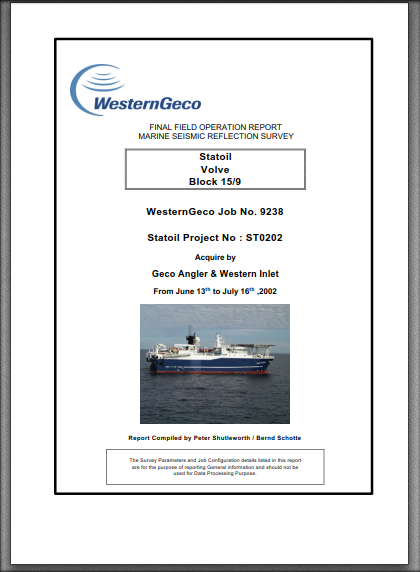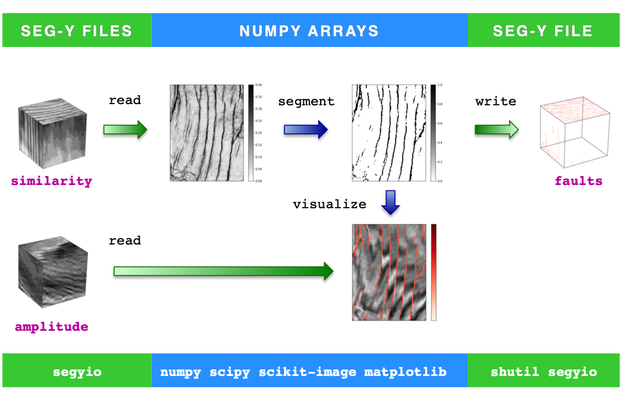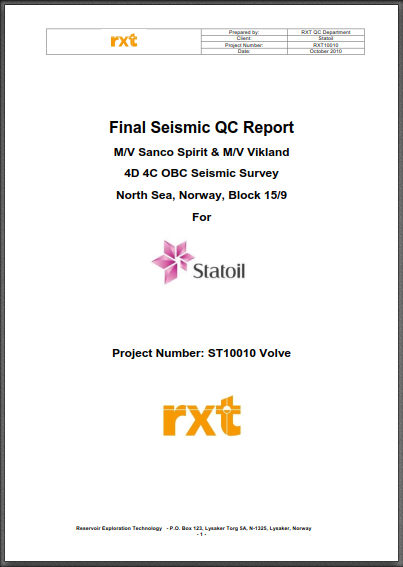Blog
A data science blog for Petroleum Engineering.Topics covered
artificial-intelligence
artificial-lift
batch-automation
business-case
cloud
computational-physics
computer-science
conference
courses
data-driven-vs-physics
data-engineering
data-science
data-scientists
data-structures
datasets
deep-learning
engineering-library
fluid-properties
gas-lift
geology
geophysics
geoscience
latex
linux
literate-programming
logs
loose-questions
machine-learning
modeling
open-source-software
paper-research
petroleum-engineering
petrophysics
production-technology
prosper
pvt
python
r
r-package
reproducibility
reservoir-engineering
reservoir-simulation
seismic
shiny
spe
statistics
text-mining
tikz
to-do
transcript
virtualization
visualization-of-data
vlp
volve
webapp
well
well-data
well-logs
well-modeling
Subject ▸ seismic
Using application microprocessors for seismic
First practical application that I know of using the next thing after TPUs (Tensor Processing Units): ASICs or Application Specific Integrated Circuit. Ideal dedicated hardware for the massive seismic data and processing. Machine Learning (ML) algorithms build a mathematical model based upon representative sample data, known as ‘training data’, in order to make predictions or decisions without being explicitly programmed to perform the task. I limit my discussion here to supervised learning in the context of a potential application to seismic data image processing of a real marine seismic dataset, and then discuss how the computational scale of such exercises reinforce the need to develop computing technology that is customized for large ML problems.Python, 3D seismic using segyio by Matteo Nicoli
Found this interesting article in LinkedIn:
WORKING WITH 3D SEISMIC DATA IN PYTHON USING SEGYIO AND NUMPY (MOSTLY) by Matteo Nicoli. It comes with code, Python notebook and repository.
Keywords: segyio, seismic, python, notebook
References:
Seismic report 1.2 TB
Volve dataset.
Seismic report from the 1.2 terabytes file.
[ ](/files/ST0202 Volve 4C FFOR.pdf)
](/files/ST0202 Volve 4C FFOR.pdf)
Seismic report 2.6 TB
Volve dataset. Seismic report from the 2.6 terabytes file.
I was able to selectively download the report for the seismic acquisition in file Volve_Seismic_ST10010.zip. Thanks Yogendra Narayan Pandey for the Azure Explorer tip.
Does anyone with seismic expertise notice information of relevance?

